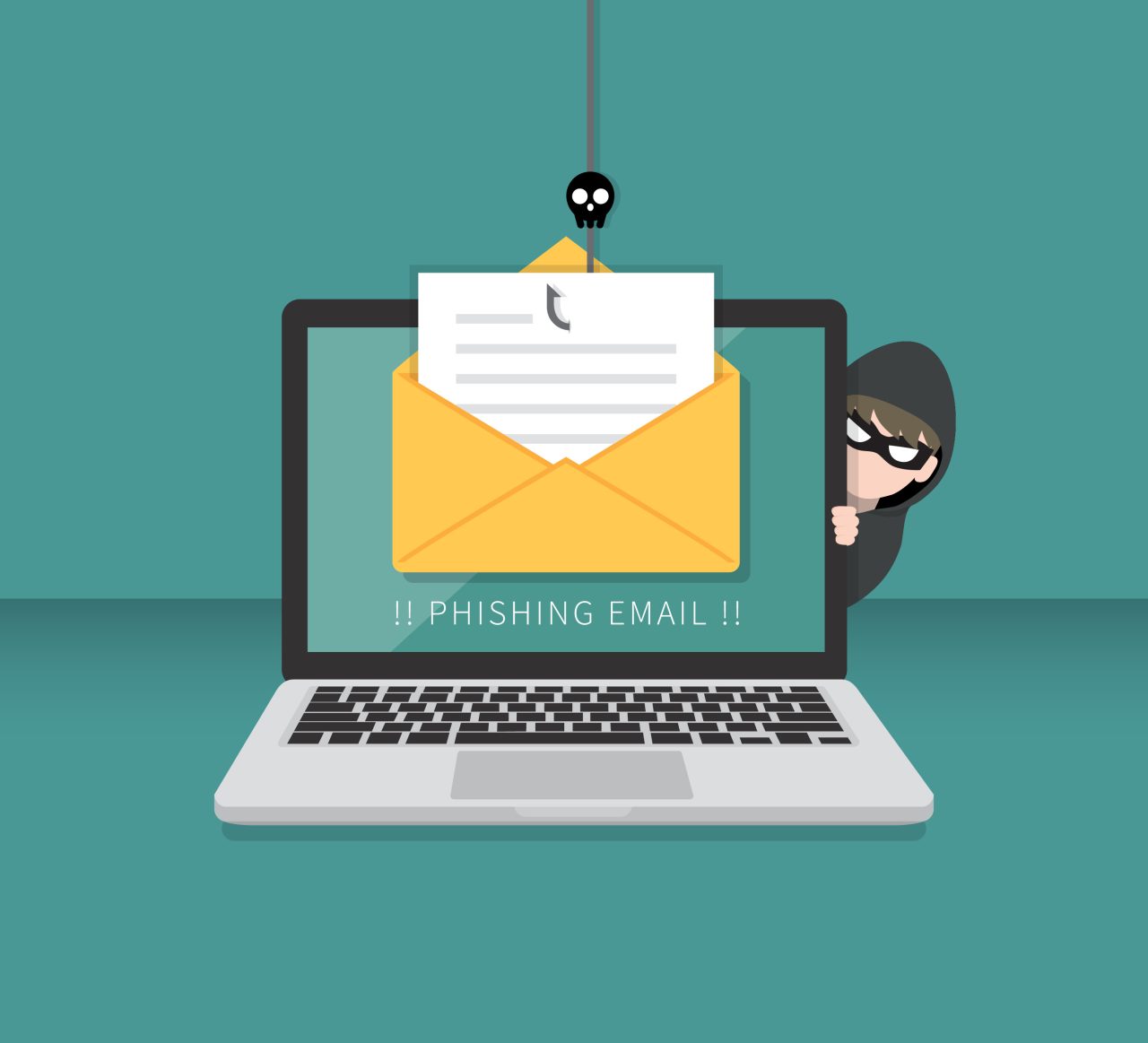The importance of understanding phishing emails
Phishing emails are a type of cyberattack that has become increasingly prevalent in recent years. These emails are designed to trick the recipient into providing sensitive information, such as login credentials or credit card numbers, by posing as a trustworthy entity like a bank or a popular website.
In order to protect yourself and your organization from the dangers of phishing emails, it’s important to understand how they work and how to identify them. Here are some key points to keep in mind:
Phishing emails often use urgency and fear to compel action: Many phishing emails will try to create a sense of urgency in the recipient, such as by warning of a security breach or threatening account suspension. They may also use fear tactics, such as claiming that the recipient will face legal consequences if they don’t comply. By creating a sense of urgency and fear, the attacker hopes to bypass the recipient’s critical thinking and convince them to take action without thinking.
Phishing emails often have grammatical and spelling errors: Many phishing emails are written by non-native speakers or are generated using automated tools. As a result, they may contain grammatical and spelling errors that can be a red flag for the recipient. If an email purporting to be from a reputable company or organization contains obvious errors, it’s likely a phishing attempt.
Phishing emails often use generic greetings: Phishing emails are often sent en masse, which means that they won’t contain personalized information about the recipient. As a result, they may use generic greetings like “Dear valued customer” or “Dear account holder.” If an email claiming to be from a company or organization you have a relationship with doesn’t address you by name, it’s likely a phishing attempt.
Phishing emails often contain suspicious links: Phishing emails often contain links that direct the recipient to a fake website that looks like the real thing. These fake websites are designed to trick the recipient into entering their login credentials or other sensitive information. To avoid falling for this trick, always hover your mouse over a link before clicking on it to see where it will take you. If the URL doesn’t match the company or organization it claims to be from, it’s likely a phishing attempt.
By understanding the tactics used by phishers and staying vigilant for suspicious emails, you can protect yourself and your organization from the dangers of phishing attacks. Remember to always be cautious when opening emails from unknown senders, and to report any suspicious emails to your IT department or security team. With the right knowledge and tools, you can stay safe in today’s digital landscape.

